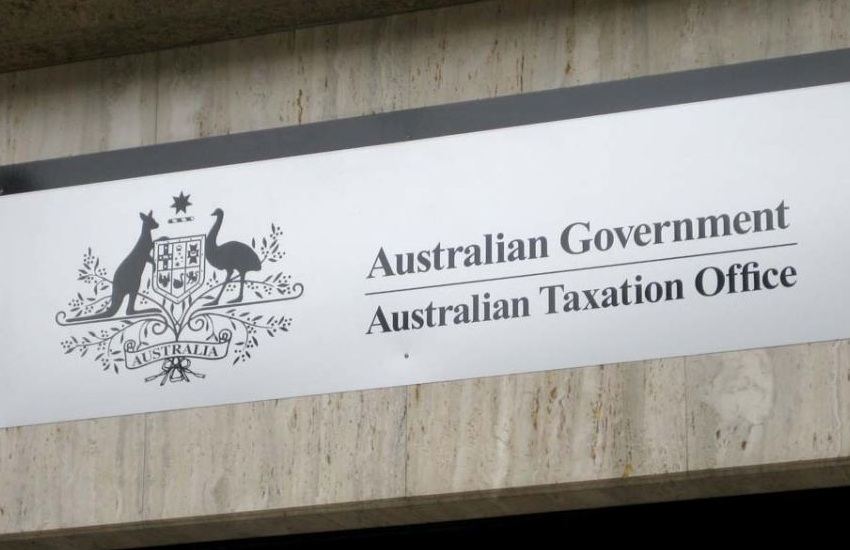ATO speaks on eligibility concerns for corporate clients
TaxThe ATO has sought to provide clarity over eligibility concerns from practitioners and their corporate clients in accessing the lower company tax rate for the 2017–18 year but has stopped short of advising further.

The government’s proposed bill, Treasury Laws Amendment (Enterprise Tax Plan Base Rate Entities) Bill 2018, clarified that a company would not qualify for the lower company tax rate of 27.5 per cent if more than 80 per cent of its assessable income is passive income, but failed to pass ahead of the Senate’s winter break- scheduled to 12 August — placing tax advisers and their client in an uncertain tax position as they head into the new financial year.
The new proposed “bright line” test will replace the previous requirement that a company be “carrying on a business”.
Speaking to Accountants Daily last week, Knowledge Shop tax director, Michael Carruthers said there is uncertainty over how the corporate tax rate and maximum franking rate rules will apply in the interim.
In response, the Tax Office has confirmed that the lower 27.5 per cent tax rate will continue to apply to clients who are base rate entities as defined under the current law, namely having carried on a business, and having an aggregated turnover of less than $25 million.
Accordingly, the ATO has advised that in completed eligible clients’ 2018 company tax returns, tax agents must select label F2 Base rate entity at item 3 Status of company; and use the lower 27.5 per cent tax rate on their calculation statement at label T1 Tax on taxable or net income.
However, when pressed for clarity for the 2018–19 year, an ATO spokesperson told Accountants Daily that it had no further advice to add, while noting that the “advice will be updated as appropriate”.
The lack of clarity would mean some clients will continue to face uncertainty in their tax planning with carry over effects on the maximum franking rate of dividends paid.
“There will be some companies where, depending on which version you apply, you end up with a different outcome both from a corporate tax rate point of view and also a franking credit point of view. I think having that uncertainty is a bit difficult when you're trying to plan what cash flow might be, what the obligation might be for the company in terms of how much tax is going to have to be paid for the year,” said Mr Carruthers.




